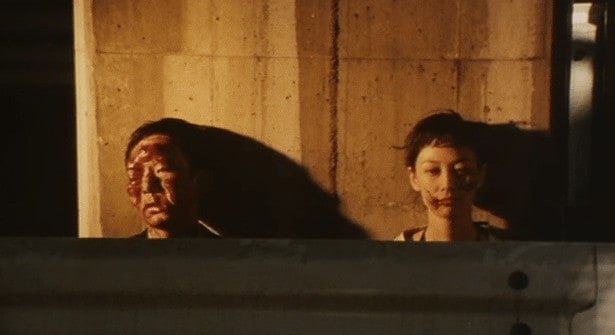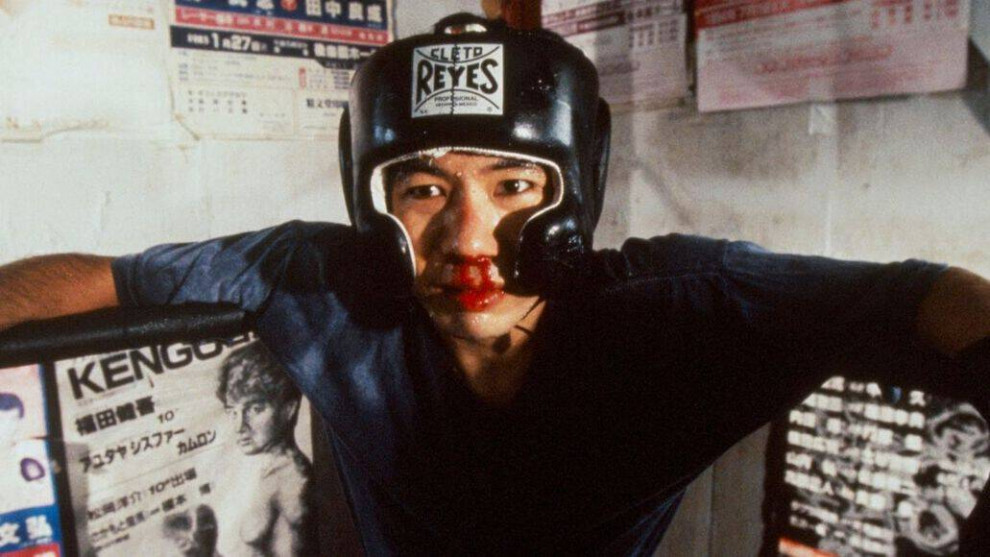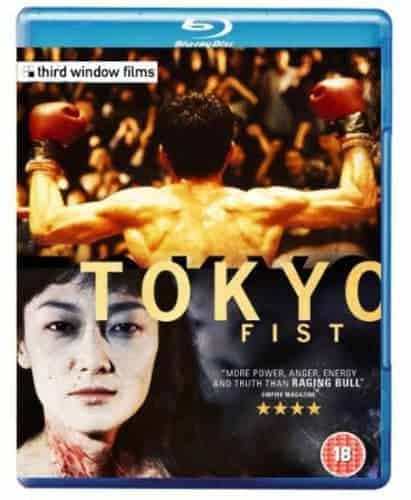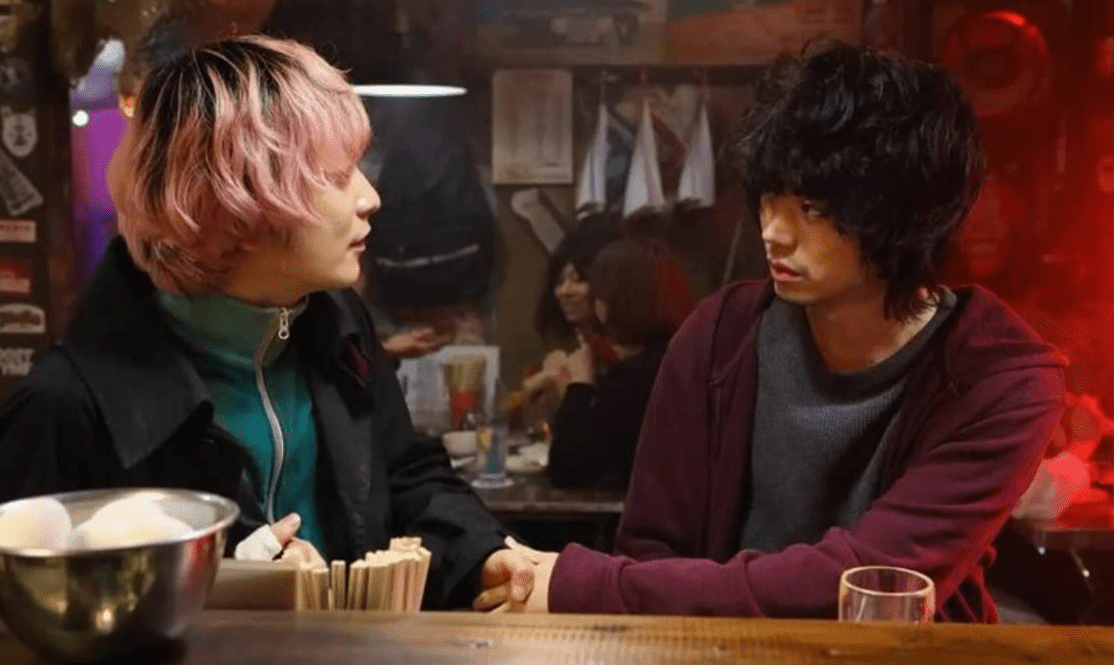“You cannot beat concrete.”
Considering the link between spirit and body has been one of the main themes in his work, perhaps it was only a matter of time before the Japanese director would explore the world of sports. While “Tetsuo II: The Body Hammer” already dealt with the body being altered through outside forces, in this case post-industrial culture and modernity's obsession with physical optimization, Tsukamoto's next project would go in a different direction. However, keen observers will quickly notice many similarities between this film and “Tokyo Fist” which may not only serve as an extension of these issues, but also as a visual allegory for the fragility of our bodies, and their connection to our spirit.
“Tokyo Fist” is screening at Nippon Connection

Another interesting parallel, which, for example, author Tom Mes points out, is how the story of “Tokyo Fist” mirrors its director's biography too. Even though Shinya made some 8mm films with his brother Koji when they were young, in the end their careers went into different directions. Koji's career as a boxer became not only a source of various heated discussions within the family, but also began to fascinate Shinya: “When I went to see a professional boxing match, it really seemed like two killers were out to get each other. There was something wild and instinctive to it that I wanted to get across in the film.” Finally, when Koji agreed to support his brother in the making of “Tokyo Fist” the foundation was laid for one of Tsukamoto's most merciless and uncomfortable film besides “Bullet Ballet” and “Kotoko”.
In the film, Shinya Tsukamoto plays Tsuda, an insurance salesman who lives in a small apartment with his girlfriend Hizuru (Kaori Fujii). Tired of his dreary work routine, Tsuda eventually deviates from his usual route through various neighborhoods and finds himself in a boxing gym facing Kojima (Koji Tsukamoto), an old friend from school. Agreeing to meet him for drinks at some point, Tsuda quickly forgets about the encounter until Kojima starts showing up at his home, obviously flirting with Hizuru.
As Kojima's visits become more frequent, the now jealous Tsuda attempts to confront him, but is swiftly beaten by the experienced boxer. Infuriated by Hizuru's apparent betrayal and this overall humiliation, Tsuda becomes a member in Kojima's boxing gym, training to eventually beat him and win back his girlfriend.

Starting from the very first image, Tsukamoto's film leads its viewer to the very core if its narrative, you might even say to one of the thematic centers of the director's body of work. A group of boxers spar inside a ring, a scene whose aggression and pure masculine energy is further highlighted through Tsukamoto's dynamic camera and the industrial score by Chu Ishikawa. Much like the cult members at the end of “Tetsuo II: The Body Hammer” the human body defined by sweat, blood and tears makes for the imperfect source of our identity as well as the outlet of our strive to be perfect or adored. Similar to the gladiators in ancient Rome, the image of the body fighting, exhausting itself and in pain is the center of our almost voyeuristic pleasures, while also being the next to impossible role model in some ways.
While these thoughts may strike you as abstract, their often damaging influence on the real world in undeniable. In the narrative framework of “Tokyo Fist” the nature and limits of their bodies are both a blessing and a curse for Tsuda and Kojima. Whereas the first's jealousy stems to some degree from the feeling of being physically imperfect, unable to satisfy the needs of his Hizuru, the other's strength only grants temporary superiority restricted by age and, of course, the decreasing capabilities of his body. Boxing, as portrayed in the film, is the most fitting metaphor for the ideas of physical destruction and masculine superiority, but also the constant motivation to push one's body to the limits and beyond.

Additionally, the female character hints at a reverse development. Kaori Fujii, who would also star in Tsukamoto's “Haze” (2005), plays a character who, at first seems content with being the housewife and girlfriend. Just as hypnotized by the numbing stream of images from the television, the “metallic blue” of the images of her and her boyfriend in the apartment may hint at a similar sense of sexual and emotional frustration as in “A Snake of June”. However, the discovery of the body, its limits and its possibilities grants a kind of freedom far beyond the confines of the rather conservative relationship the two men are after. In a darkly ironic twist, the discovery of pain – emphasized by Hizuru's obsession with tattoos and piercings – represents a form of liberation, a notion both Tsuda and Kojima are unable to explore.
In the end, “Tokyo Fist” is a film about the physical form, its limits and possibilities. Given the context of our society's obsession with perfection and the physical form, it is a darkly funny, but also quite disturbing movie to watch as well as an almost logical consequence of the themes laid out in the second “Tetsuo”-film.
Source:
Mes, Tom (2005) Iron Man. The Cinema of Shinya Tsukamoto. FAB Press
















